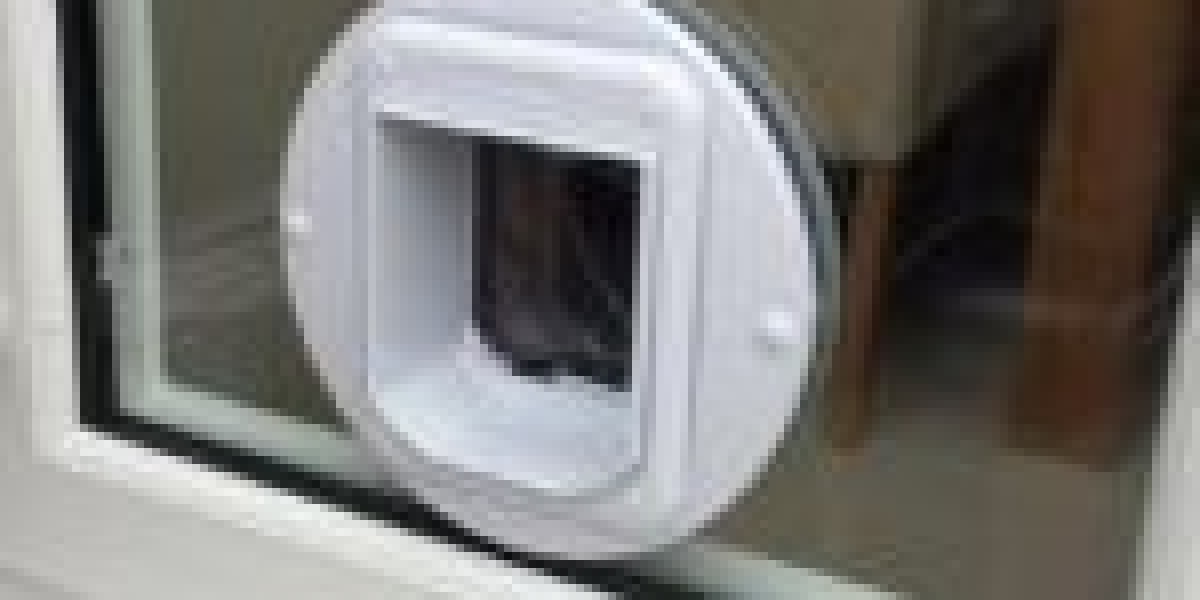
The Ultimate Guide to Cat Flap Fitting: A Comprehensive Overview
As any cat owner can attest, providing a safe and hassle-free method for your feline good friend to go into and leave your home is necessary. One popular solution is a cat flap, a small door set up in a wall or door that enables your cat to come and go as it pleases. Nevertheless, fitting a cat flap requires cautious consideration and preparing to guarantee that it is safe, protected, and effective. In this short article, we will dive into the world of cat flap fitting, checking out the various kinds of cat flaps, the benefits and disadvantages of each, and providing a step-by-step guide on how to install a cat flap in your home.
Types of Cat Flaps
There are numerous kinds of cat flaps offered on the market, each with its distinct features and benefits. Some of the most popular types of cat flaps include:
- Manual Cat Flaps: These are one of the most fundamental type of cat flap and require your cat to push the flap open with its head or paw.
- Magnetic Cat Flaps: These cat flaps use a magnetic closure to keep the flap shut, offering added security and minimizing drafts.
- Electronic Cat Flaps: These high-tech cat flaps use sensing units and motors to open and close the flap, offering optimum benefit and security.
- Insulated Cat Flaps: These cat flaps are designed to reduce heat loss and keep your home warm, making them perfect for cooler climates.
Advantages of trained cat flap installer Flaps
Cat flaps provide a number of benefits to both cats and their owners, consisting of:
- Convenience: Cat flaps enable your cat to come and go as it pleases, decreasing the requirement for continuous door opening and closing.
- Security: Cat flaps provide a safe and secure method for your cat to enter and exit your house, lowering the danger of injury or escape.
- Energy Efficiency: Insulated cat flaps can help in reducing heat loss and keep your home warm, making them an affordable service.
- Reduced Stress: Cat flaps can help reduce tension and stress and anxiety in felines, supplying them with a sense of freedom and self-reliance.
Drawbacks of Cat Flaps
While cat flaps provide numerous advantages, there are also some prospective drawbacks to think about, including:
- Security Risks: If not installed correctly, cat flaps can position a security risk, enabling unwanted animals or trespassers to enter your home.
- Drafts: If not insulated correctly, cat flaps can develop drafts, minimizing the energy efficiency of your home.
- Maintenance: cat flap with lock installation flaps require regular maintenance to guarantee they stay tidy and practical.
How to Install a Cat Flap
Installing a cat flap is a fairly simple process, however it does require some preparation and preparation. Here is a detailed guide on how to install a cat flap:
- Choose the Right Location: The location of your cat flap is crucial, as it needs to be accessible to your cat and provide a safe and secure entry and exit point. Consider the height and location of the cat flap, as well as the surrounding location.
- Step the Opening: Measure the opening where you prepare to set up the cat flap, considering the size of the flap and any surrounding blockages.
- Cut the Opening: Use a saw or drill to cut the opening for the cat flap, ensuring it is level and secure.
- Install the Frame: Install the frame of the cat flap, using screws or nails to secure it in place.
- Include the Flap: Add the flap to the frame, ensuring it is firmly connected and functions correctly.
- Include Any Additional Features: Add any extra features, such as sensors or motors, according to the manufacturer's directions.
- Test the Cat Flap: Test the cat flap to ensure it is working correctly and securely.
Idea
Here are some tips and techniques to keep in mind when installing a cat flap:
- Use a level: Make sure the cat flap is level and secure to prevent any concerns with the flap opening and closing.
- Include insulation: Add insulation around the cat flap to minimize drafts and keep your home warm.
- Think about the size: Consider the size of your cat when choosing a cat flap, as larger felines may need a bigger flap.
Regularly Asked Questions
Here are some regularly asked concerns about cat flaps:
Q: What is the best type of cat flap for my home?A: The best type of cat proofing door installation flap for your home will depend on your particular needs and circumstances. Think about factors such as security, energy performance, and benefit when choosing a cat flap.
Q: How do I keep my cat flap tidy?A: To keep your cat flap tidy, frequently clean it down with a wet fabric and vacuum any debris or dirt.
Q: Can I install a cat flap myself?A: Yes, you can install a cat flap yourself, but it might need some DIY abilities and knowledge. If you are unsure or unpleasant installing a cat flap, think about consulting a professional pet door installer.
Conclusion
In conclusion, cat flaps are a practical and secure method to supply your feline good friend with access to the outdoors. With the right type of cat flap and correct installation, you can enjoy the benefits of a cat flap while lessening the disadvantages. By following the tips and techniques outlined in this post, you can ensure a safe and protected installation that meets the needs of both you and your cat.
Additional Resources
- Cat Flap Installation Guide: A thorough guide to installing a cat flap, consisting of detailed instructions and diagrams.
- Cat Flap Maintenance Tips: A list of tips and tricks for preserving your cat flap, consisting of cleansing and repair advice.
- Cat Flap Buying Guide: A guide to choosing the best cat flap for your home, consisting of considerations such as security, energy effectiveness, and convenience.








